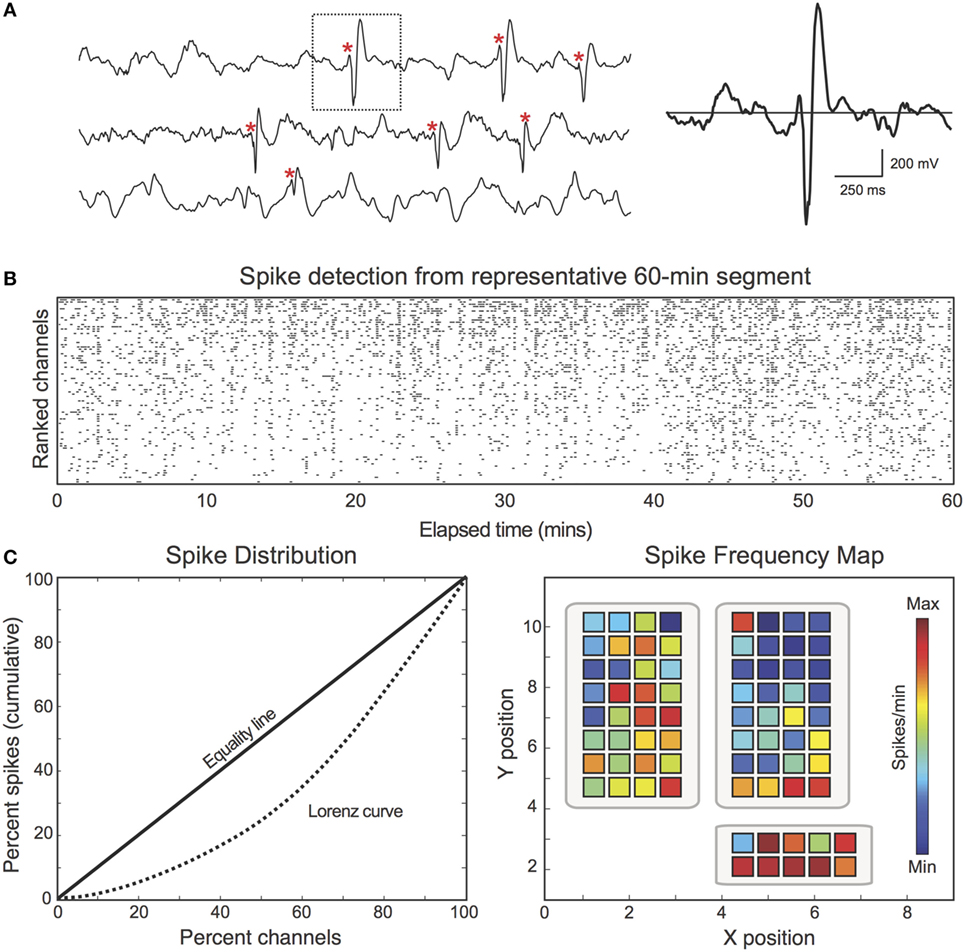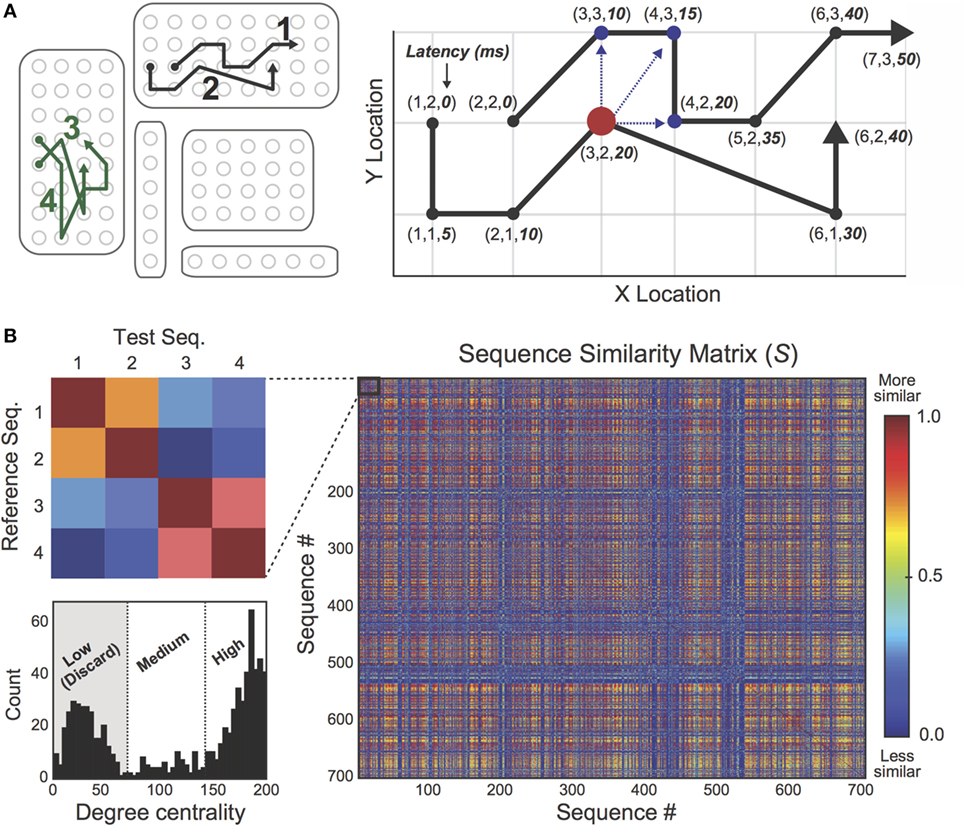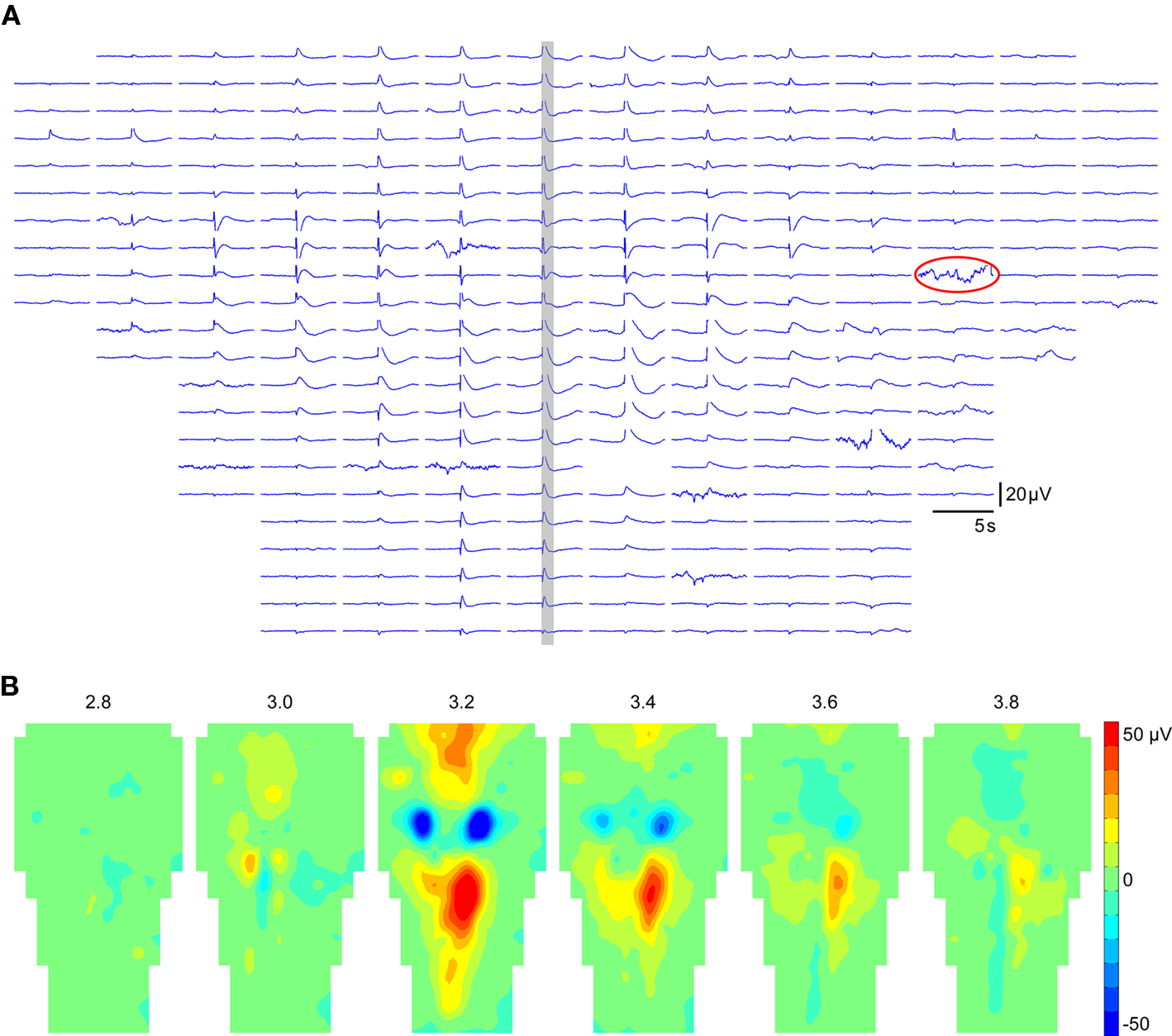Have you ever wondered how meteorologists predict the weather, how urban planners optimize transportation, or how scientists track wildlife migration patterns? The magic behind these incredible feats lies in something called spatiotemporal mapping. This concept might sound like a mouthful, but once we break it down, it’s not only fascinating but also easy to understand.
Spatiotemporal mapping is the art and science of visualizing data that changes over both space and time. Imagine you’re watching a time-lapse of traffic congestion in New York City over a week. The changing colors and flow patterns you see? That’s spatiotemporal mapping in action! It’s a powerful way to understand how dynamic systems evolve, providing insights that drive smarter decisions in countless industries.

At its core, spatiotemporal mapping involves tracking and visualizing data across two critical dimensions: space (the “where”) and time (the “when”). By layering these dimensions, we can create rich visualizations that tell a story about how things evolve over time in a particular location.
For example:
- Space: Mapping the population density in a city.
- Time: Observing how that density changes across decades due to urbanization.
When combined, these two aspects help us answer complex questions, like how traffic congestion in Los Angeles shifts during rush hours, or how deforestation in the Amazon progresses over years.
Key Concepts
Understanding spatiotemporal mapping means diving into some foundational ideas:
- Space-Time Relationships: This is about understanding how one event in a location might influence another over time. For instance, how a wildfire in one region might lead to droughts in a neighboring area months later.
- Dynamic Systems Visualization: Systems like ecosystems, cities, or weather are constantly changing. Spatiotemporal maps capture these shifts, giving us a clearer picture of trends and patterns.
- Spatiotemporal Data: This is the raw material for mapping. Examples include:
- GPS data tracking the movement of a fleet of vehicles.
- Temperature changes recorded hourly by weather stations.
- Social media posts during an event, showing how people move and communicate.
History and Development
The concept of mapping space and time isn’t new—it dates back centuries! Early explorers like John Snow (not the Game of Thrones one) used rudimentary spatiotemporal maps in the 1800s to trace a cholera outbreak in London. Snow’s map plotted deaths and water pump locations, revealing that a contaminated pump was the culprit. Talk about a life-saving map!
Fast forward to today, and we’re using satellites, machine learning, and vast databases to create maps far more detailed and complex than anything Snow could’ve dreamed of.
Key milestones in spatiotemporal mapping:
- 1854: John Snow’s cholera map—the birth of spatial epidemiology.
- 1960s-70s: Development of Geographic Information Systems (GIS) to handle spatial data.
- 2000s: Explosion of real-time data sources like IoT devices and smartphones.
- Today: Integration of AI and machine learning to analyze massive datasets for predictions.
Why It Matters Today
So, why is spatiotemporal mapping such a big deal now? One word: data. The modern world generates more data than ever before. From traffic sensors to weather satellites to social media check-ins, we’re drowning in information. Spatiotemporal mapping turns that chaos into clarity, helping us see patterns that would otherwise be invisible.
Here’s a quick stat: By 2025, experts predict we’ll be creating 175 zettabytes of data annually. To put that in perspective, 1 zettabyte is a trillion gigabytes. Spatiotemporal mapping tools are vital to make sense of this deluge.

How Spatiotemporal Mapping Works
Spatiotemporal mapping might sound like rocket science, but at its heart, it’s about collecting data, processing it, and visualizing it in ways that make sense. Let’s break it down step by step.
Data Collection
Every great map starts with great data. Spatiotemporal mapping relies on vast amounts of information gathered from a variety of sources. Here are some common ones:
- Satellites: Capturing high-resolution images of Earth for climate, agricultural, and urban studies.
- Sensors: Devices like weather stations, air-quality monitors, and traffic counters collect localized, real-time data.
- IoT Devices: From smart home gadgets to city-wide systems, IoT devices generate spatiotemporal data constantly.
- Social Media and Mobile Devices: Apps like Google Maps or Instagram gather location-tagged data, revealing movement patterns or event hotspots.
Case in point: During the 2020 pandemic, mobility data from smartphones helped governments track how lockdowns affected human movement, contributing to public health policies.
Tools and Technologies
To turn raw data into actionable insights, spatiotemporal mapping relies on cutting-edge tools and technologies. Here are some key players:
- Geographic Information Systems (GIS): GIS is the backbone of spatiotemporal mapping. It allows users to input spatial data, layer it with temporal data, and visualize it in meaningful ways. Tools like ArcGIS and QGIS are widely used.
- AI and Machine Learning: AI can sift through massive datasets to find patterns humans might miss. For example, algorithms can predict traffic jams based on historical patterns and real-time GPS data.
- Visualization Software: Tools like Tableau, Kepler.gl, and Carto help create interactive maps that showcase data in dynamic and user-friendly ways.
- Programming Libraries: Python and R, with libraries like GeoPandas, Folium, and Leaflet, are often used to process and visualize spatiotemporal data.
Methodology
How do we go from raw data to an interactive map that tells a story? Here’s a simplified workflow:
- Data Integration: Combine spatial data (e.g., GPS coordinates) with temporal data (e.g., timestamps).
- Data Cleaning: Remove duplicates, handle missing values, and ensure data consistency.
- Analysis:
- Identify patterns, trends, and anomalies.
- Use statistical models or machine learning algorithms for deeper insights.
- Visualization: Create heatmaps, time-lapse animations, or 3D models to bring the data to life.
Example in Action: Imagine tracking forest fires.
- Step 1: Satellite imagery provides spatial data, while timestamps offer temporal details.
- Step 2: Analysts clean the data, removing cloud-covered areas.
- Step 3: AI models predict the fire’s spread based on wind, temperature, and humidity.
- Step 4: The results are visualized on a map, showing real-time updates for emergency responders.
Real-Life Example: Hurricane Prediction
Hurricanes are a classic case where spatiotemporal mapping saves lives. Meteorologists gather data from weather satellites, ocean buoys, and radar stations. This data is processed to map:
- The current location and intensity of the storm (spatial dimension).
- How it’s moving and evolving over time (temporal dimension).
The result? Highly accurate maps and forecasts that help communities prepare for potential damage.
Spatiotemporal mapping is a high-tech detective solving the mysteries of “where” and “when.” It brings together a symphony of data sources, tools, and techniques to create insights that drive decisions in real time. It’s what makes our world smarter, safer, and better connected.

Applications of Spatiotemporal Mapping
Now that we’ve explored how spatiotemporal mapping works, let’s take a closer look at its real-world applications. From saving lives to improving efficiency in everyday life, spatiotemporal mapping is a powerhouse of innovation. 🌟
Urban Planning and Development
Cities are growing at a breakneck pace, and managing this growth is no small feat. Spatiotemporal mapping helps urban planners understand patterns of movement and development, enabling smarter, more sustainable cities.
Key uses include:
- Traffic Flow Optimization: Analyzing real-time traffic data to reduce congestion. For example, adaptive traffic lights that respond to peak-hour patterns.
- Infrastructure Planning: Mapping population density over time to decide where to build new schools, hospitals, or roads.
- Smart Cities: Integrating IoT devices to monitor energy usage, waste collection, and public safety.
Example: Singapore uses spatiotemporal mapping in its Smart Nation initiative to optimize public transportation routes and monitor environmental conditions.
Environmental and Climate Studies
Understanding our planet’s health is one of the most critical uses of spatiotemporal mapping. By combining satellite imagery with temporal data, scientists can monitor environmental changes and predict future trends.
Applications:
- Climate Change Analysis: Tracking global temperature changes, melting ice caps, and rising sea levels.
- Disaster Management: Mapping the progression of hurricanes, floods, or wildfires to minimize damage and save lives.
- Deforestation Tracking: Monitoring tree cover loss in the Amazon rainforest over decades.
Case Study: NASA’s Earth Observatory uses spatiotemporal data to create stunning visualizations of phenomena like El Niño and Arctic ice melting, helping scientists and policymakers make informed decisions.
Healthcare and Epidemiology
In public health, spatiotemporal mapping has become an indispensable tool for tracking diseases and improving healthcare delivery.
How it helps:
- Disease Outbreak Tracking: Mapping the spread of infectious diseases, such as COVID-19, in real-time.
- Healthcare Accessibility: Identifying underserved regions to allocate resources more effectively.
- Medical Research: Analyzing environmental factors linked to chronic diseases (e.g., asthma in areas with high air pollution).
Real-Life Example: During the COVID-19 pandemic, spatiotemporal maps helped visualize infection rates and vaccination coverage, guiding public health policies worldwide.
Business and Marketing
Businesses rely on spatiotemporal mapping to gain a competitive edge by understanding consumer behavior and optimizing operations.
Applications:
- Consumer Behavior Analysis: Retailers can track foot traffic patterns to decide where to open new stores.
- Logistics and Supply Chain Management: Monitoring delivery routes to optimize efficiency and reduce costs.
- Targeted Marketing: Using geotagged social media posts to tailor campaigns based on location and time.
Example: Uber uses spatiotemporal data to match riders with nearby drivers and predict demand surges in specific areas at certain times.
Agriculture and Resource Management
Farming may seem old-fashioned, but modern agriculture is as high-tech as it gets, thanks to spatiotemporal mapping. 🌾
Benefits include:
- Precision Farming: Monitoring soil health, crop growth, and weather conditions to optimize yields.
- Water Resource Management: Tracking rainfall patterns and groundwater levels over time.
- Pest Control: Mapping the movement of pest populations to target interventions.
Case in Point: The UN Food and Agriculture Organization uses spatiotemporal mapping to monitor global food security and respond to crises.
Other Innovations
The versatility of spatiotemporal mapping extends into emerging fields like augmented reality (AR) and autonomous vehicles.
- AR/VR Applications: Mapping real-world spaces over time to create immersive experiences.
- Self-Driving Cars: Autonomous vehicles rely on spatiotemporal data to navigate safely and predict traffic patterns.
Fun Fact: Google Maps is a classic example of spatiotemporal mapping, offering turn-by-turn navigation based on real-time traffic data.
Why These Applications Matter
Spatiotemporal mapping is no longer confined to niche research labs—it’s embedded in our daily lives. Whether it’s tracking a package or preparing for a storm, the applications of this technology touch nearly every industry.